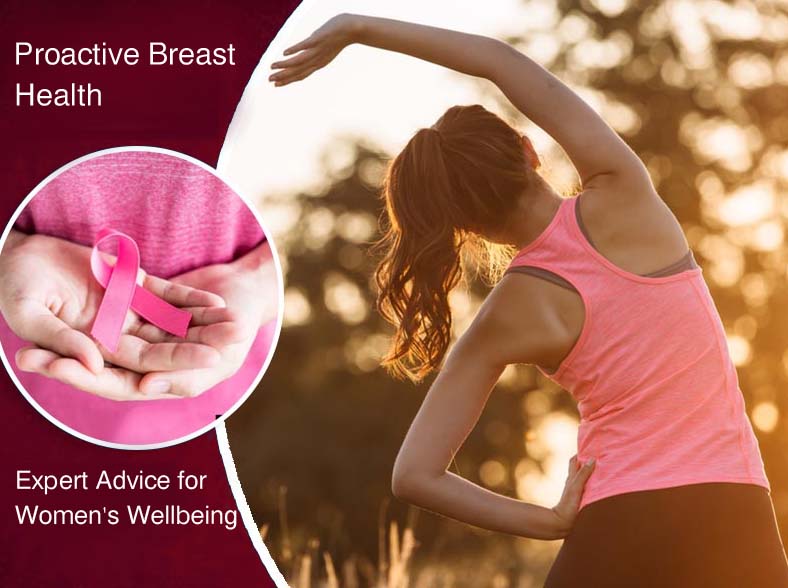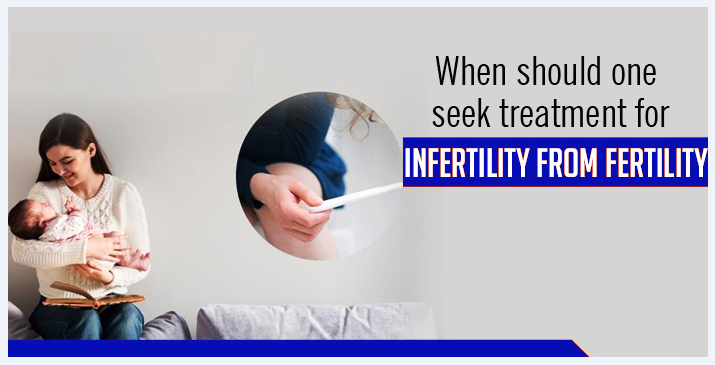Overview
Pregnancy is said to be one of the best yet overwhelming experiences in a woman’s life. With all of the advice pregnant women receive from friends, family members and doctors, it is likely that you are confused about the steps to a healthy pregnancy. The good news is that taking proper care of your body by following several simple guidelines will help both you and your baby stay healthy during and after the pregnancy.
Healthcare
A healthy pregnancy involves regular interaction with a doctor, most often an ob/gyn–a doctor specializing in pregnancy, childbirth and women’s health issues. Pregnant women should see the doctor once every four weeks during the first 28 weeks of pregnancy. Between the 28th and 36th week, appointments should be scheduled to take place once every two weeks. Between the 36th week and delivery date, women must have a checkup once a week. During these medical appointments, women will undergo urine, blood and cervical tests, as well as ultrasounds.
Diet and Nutrition
Once pregnant, women require approximately 300 more calories per day in addition to their normal caloric intake. These numbers may increase during the last trimester of the pregnancy. Women who are especially thin, lead a highly active lifestyle or are carrying multiples are likely to require even more daily nutrients. Iron and calcium are particularly important for expecting mothers. Babies require large amounts of calcium and as a result, the mother’s calcium requirements will increase during pregnancy. Increased intake of calcium-rich foods such as low-fat dairy products and tofu are recommended. Because the body requires iron to make red blood cells for delivering oxygen to its organs and tissues, a pregnant woman requires an increased intake of iron. Foods such as red meat and eggs ensure that both mother and child get sufficient amounts of iron.
Exercise
According to the U.S. Department of Health and Human Services, pregnant women should get at least two and a half hours of aerobic activity per week. Low-impact, moderate-intensity exercise done on a regular basis helps reduce weight gain, ease back pain and swelling, increase energy, and improve the mother’s emotional state and sleep. Ideal activities include walking and swimming. However, pregnant women should consult with their doctor before participating in any exercise activities.
Sleep
Pregnant women experience increased fatigue, making sufficient amounts of sleep essential. However, sleeping comfortably becomes more and more difficult in later stages of pregnancy. As a result, many pregnant women prefer sleeping on their side, with their knees bent. In addition to providing maximum comfort, this position prevents the baby’s weight from putting pressure on the mother’s large blood vessels, which transport blood between her heart, legs and feet.
Dangerous Habits
Pregnant women who smoke directly expose the fetus to harmful chemicals such as nicotine and carbon monoxide. Dangers associated with smoking during pregnancy include prematurity, stillbirth and Sudden Infant Death Syndrome. Drinking alcohol is another habit that women must immediately give up upon becoming pregnant. Just one glass of wine per day or occasional alcohol binges can result in abnormalities and defects in the fetus’ mental and physical development.
High Blood Pressure Risks During Pregnancy
Overview
An expectant mother may develop high blood pressure during pregnancy, or she may have had the condition prior to conception. Many pregnant women with high blood pressure have healthy babies without serious problems, according to the National Heart, Lung, and Blood Institute. But it can also be very dangerous for both the mother and her baby.
Risks
High blood pressure during pregnancy is associated with a number of risks, according to the Mayo Clinic. The baby may be deprived of oxygen and nutrients due to placenta issues. High blood pressure may mean an early delivery, in order to prevent possibly life-threatening complications. The expectant mother may be at risk for cardiovascular disease later in life, even if her blood pressure returns to normal after her baby is born.
The Facts
A woman who had high blood pressure prior to pregnancy is more likely to have certain complications than a woman without a similar history. The effects of high blood pressure on an expectant mother and her unborn baby can range from mild to severe. High blood pressure during pregnancy falls into one of three categories, according to the Mayo Clinic: chronic hypertension, gestational hypertension and preeclampsia.
Chronic Hypertension
A woman who develops high blood pressure before week 20 of pregnancy is diagnosed as having chronic hypertension. The expectant mother may be asked by her doctor to monitor her baby by counting the baby’s movements in a certain time period. A woman with high blood pressure that lasts more than 12 weeks after delivery is also diagnosed as having chronic hypertension.
Gestational Hypertension
Gestational hypertension occurs after week 20 of pregnancy when a woman has no protein in her urine. According to Baby Center, the more severe the hypertension and the earlier in the pregnancy it appears, the greater the risk for complications. Most women who are diagnosed with gestational hypertension don’t develop it until week 37 or later. The condition typically goes away after the baby is born.
Preeclampsia
An expectant mother with high blood pressure and protein in her urine is diagnosed as having preeclampsia. The condition also leads to reduced blood flow that can affect the expectant mother’s liver, kidneys and brain. A reduced blood flow to the unborn baby can result in poor fetal growth, placental abruption and not enough amniotic fluid. According to the Mayo Clinic, if left untreated, preeclampsia can lead to deadly complications for the mother and baby.
Warning Signs
The warning signs of preeclampsia can develop gradually over time or come on quite suddenly. A pregnant woman should let her doctor know if she is suffering from persistent headaches, vision changes, upper abdominal pain or sudden weight gain. According to Baby Center, if a woman has not reached week 37 of pregnancy of more, she will likely be monitored by her doctor and not need to deliver her baby right away. A woman who is at week 37 or more of pregnancy will likely be induced.
Yoga & High Risk Pregnancy
Overview
Yoga is not recommended for any woman in a high risk pregnancy. Failure to abide by this can result in bleeding and fetal death. Your doctor will determine your risk level and will inform you when you are in a high risk pregnancy. Always consult your doctor before beginning any new workout program.
Function
A study done by the Bastyr Center for Natural Health has shown that women who practice yoga for at least 30 minutes per day at the beginning of their pregnancies experience lower their blood pressure, lower rates of preterm birth and lower rates of reduced birth weight.
Benefits
The primary benefits of yoga include strengthening the core muscles and providing better posture, which allows for proper body alignment. This increases blood flow and can reduce discomfort. Breathing techniques and meditation also help reduce stress.
Considerations
After the the fifth month, avoid laying on your back for longer then 10 minutes. Laying on your back compresses the blood vessels and can be uncomfortable. Also after the fifth month, avoid positions that require you to lay on your stomach.
Famous Ties
Kourtney Kardashian has enjoyed yoga during pregnancy, as did Angelina Jolie during her pregnancy.
Fun Fact
The average pregnant woman’s uterus expands up to 500 times the normal size during pregnancy.





